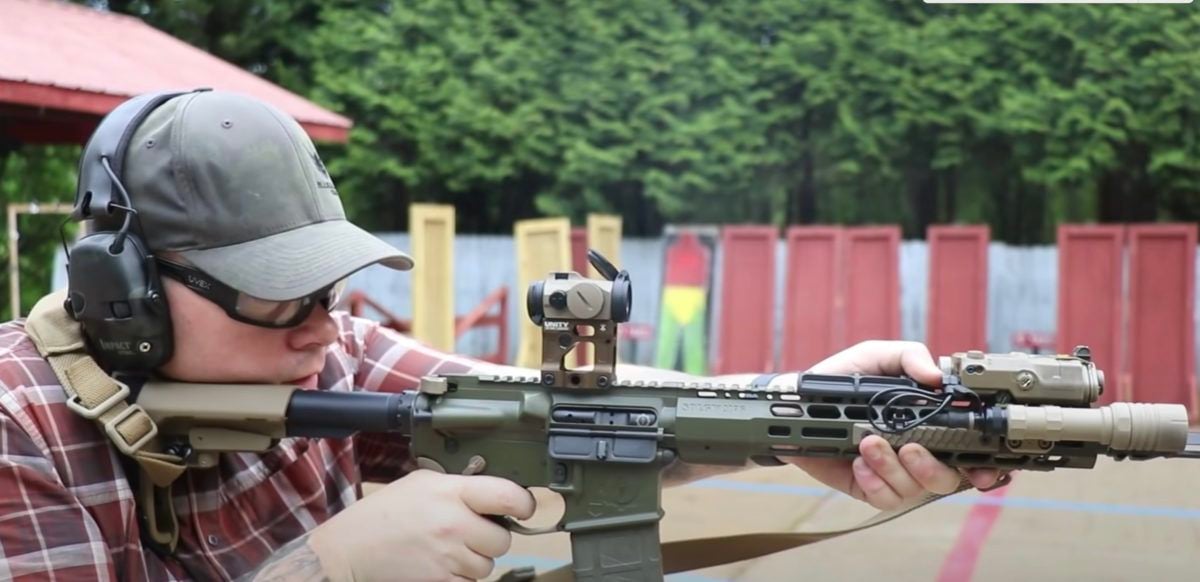
We recently sat down with self-defense instructor Aaron Cowan of Sage Dynamics to talk about how he got involved with firearms training, his training approach, and why merely relying on video is not a substitute for real-world interactive training. We also discuss Aaron’s definition of a “hard-use AR,” and what inspired his highly sought after Sage Edition Sons of Liberty Gun Works AR.
You’re likely familiar with Aaron via his very popular and informative YouTube videos, but just in case, here’s some of his bio via the Sage Dynamics website:
Aaron began his career in the United States Army (11M) in 1999, serving seven years in the infantry. During his time in the military he served as a rifleman, squad automatic rifleman and designated marksman; receiving training in small unit tactics, close quarters combat and ballistic and mechanical breaching.After leaving active duty, Aaron worked as a private security contractor both CONUS and OCONUS; conducting convoy security, close protection details, static security and relief security during natural disasters.
Aaron served over ten years in law enforcement, both Federal and state, working both uniform and plain clothed assignments. Aaron served as a SWAT/SRT member, Sniper section member, deputy SRT commander, Field Training officer and training coordinator. In 2011, Aaron formed Sage Dynamics with the goal of maximizing training realism and developing more efficient problem solvers. Aaron has trained thousands of students since Sage Dynamics taught its first course; every day citizens, law enforcement and military. Sage has aided in the development of policies and training practices in use by state and federal law enforcement, and private security companies. Aaron has also been instrumental in driving the adoption of red dot sights on handguns for duty use; He authored the first white paper on the subject and since its publication, it has been used in whole or in part by over 300 police departments world wide to justify the adoption of RDS sights for duty handguns.
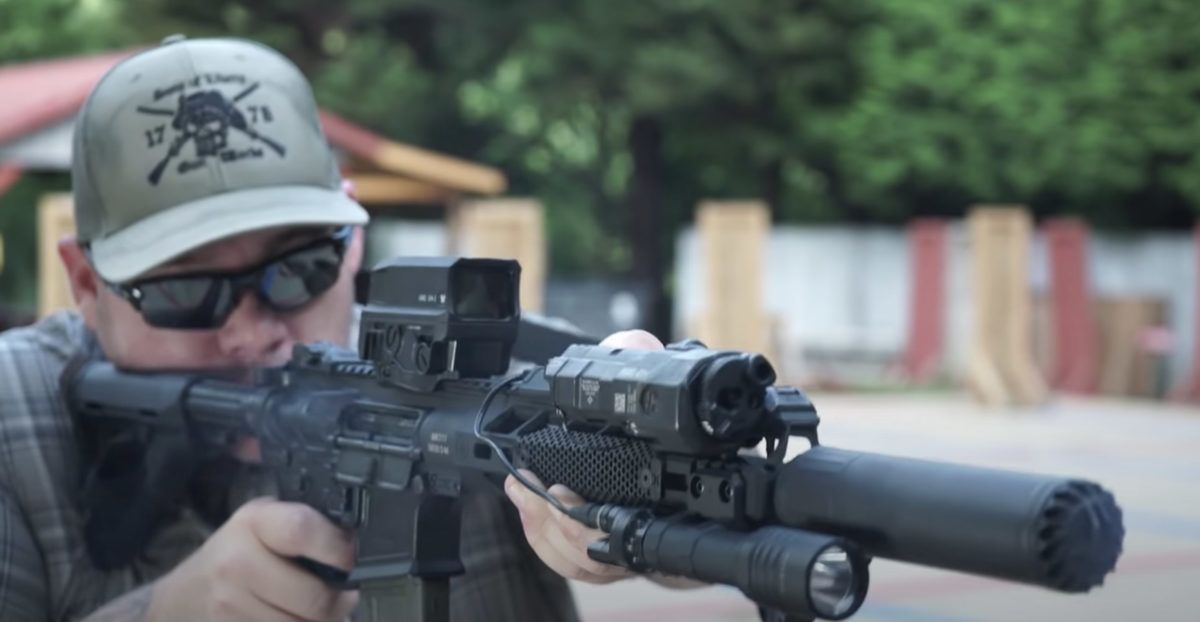
Q: Aaron, thanks for taking the time to chat. Can we start with what inspired you to start Sage Dynamics?
Aaron Cowan, Sage Dynamics – It wasn’t an issue that I thought I could do things better than others. I’ve been a student myself, and I think that’s often what starts the journey. I went into the Army, in the infantry, and there were different qualities of instructors. They have a captive audience, so they can sometimes be mediocre and still have the job. When I went into law enforcement and started taking classes on my own dime and classes that the department provided, I got an excellent sampling of the different teaching methodologies out there.
That said, when it comes to these methodologies, I think we are still in the Dark Ages in a lot of ways. No one knows the most effective way to reach the highest number of people. There are many different theories regarding adult learning models, but what interests me is how I can teach people about firearms the same way that other topics are addressed outside of the world of firearms?
When it comes to firearms instruction, I think that too often, people just look at someone’s resume and assume that person must know how to teach. What I am interested in is determining how I can be a better teacher.
During my time at the Department of Defense, I had a firearms instructor, and his approach was more educational. Of course, he wanted us to learn how to shoot, but he also wanted us to know the “why” behind it. That, in turn, inspired me to want to teach people the “why” behind what we do while trying to avoid those tired cliches that we get wrapped up in when it comes to firearms. Over time, I found that I was somewhat effective at teaching and thought ‘why not do this for a living if it is something that I am this interested in?’
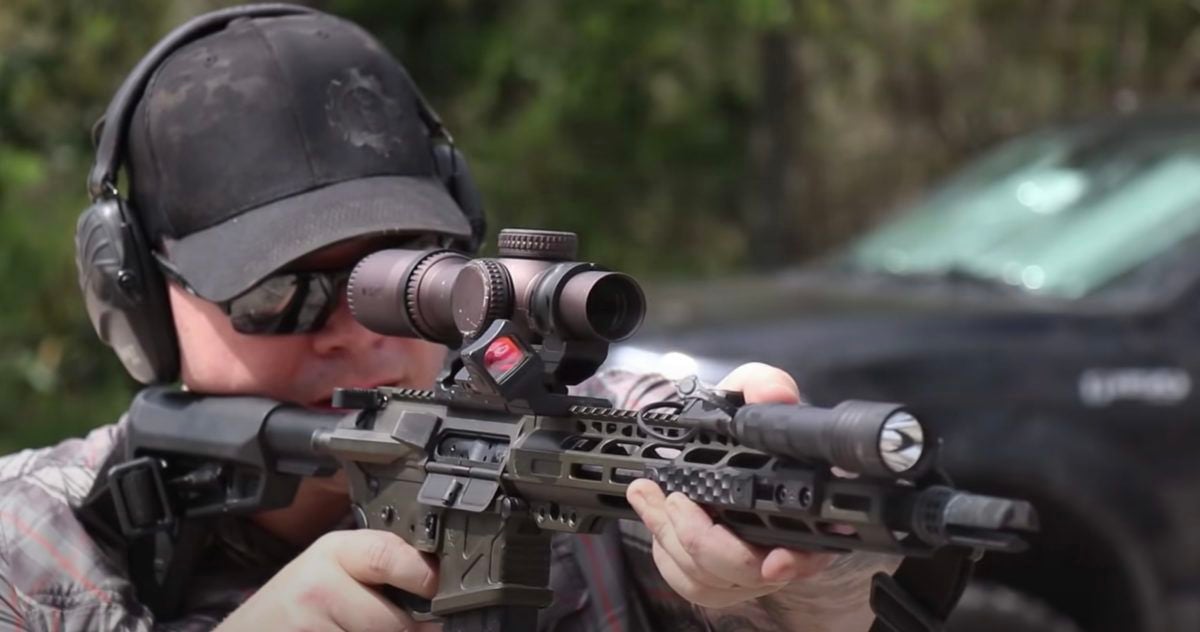
Q: What I admire about your Sage Dynamics content is that it seems to come from a serious, very educated place. You never talk down to your audience.
Aaron Cowan, Sage Dynamics – We’re not building Legos here. Either you’re going to take this seriously, or you’re not. Don’t get me wrong, there are all sorts of fun things you can do related to shooting, but if you’re taking a class that is self-defense focused, you can’t decide, “well that’s just too much detail,” or “we don’t need to go that deep into the science behind the topic.” I think that some instructors have historically put limiting roadblocks in front of attendees, and I believe that is the lowest-common-denominator instruction.
I realized I couldn’t be the most effective instructor for absolutely everyone, so it’s best not to try it. It’s better to reach the people who want to listen to what you want to put out there, and then give them the information they seek.
Every now and again, I do get accused of trying to sound more intelligent than I am, which I think is hilarious because there’s no such thing as pretending to be smart. You can’t do it, not for any length of time, anyway. The way I talk is what it is. It’s the way that I communicate. I’m mostly self-educated when it comes to the science behind shooting. When I first started getting into this back in 1999, there wasn’t a great deal of factually-based psychological or physiological information taught. But that’s what always interested me because it was a part of the “why.”
Q: As a self-defense instructor, can you advise us on what we should be looking for as we look to better ourselves?
Aaron Cowan, Sage Dynamics – One of the significant issues people have when seeking a firearms instructor is that they want to go with the big-name, high visibility guys. They don’t consider that every one of those instructors was once a “local dude.” Very few people get into this and immediately have that recognition on a nationwide scale, or are household names for people who own guns… There’s plenty of great information out there from guys who just teach part time, on the weekends.
Another aspect is people want to jump ahead. They don’t want to do the basics. I encounter this with some of the classes that I schedule. People will tell me that they’ve already taken a basic class, but if they have not taken mine, then I don’t know what they’ve been taught. As such, it would be professionally negligent of me to allow them to jump into an intermediate or an advanced level Sage Dynamics course without knowing if they understand the foundational skills required to take that next step.
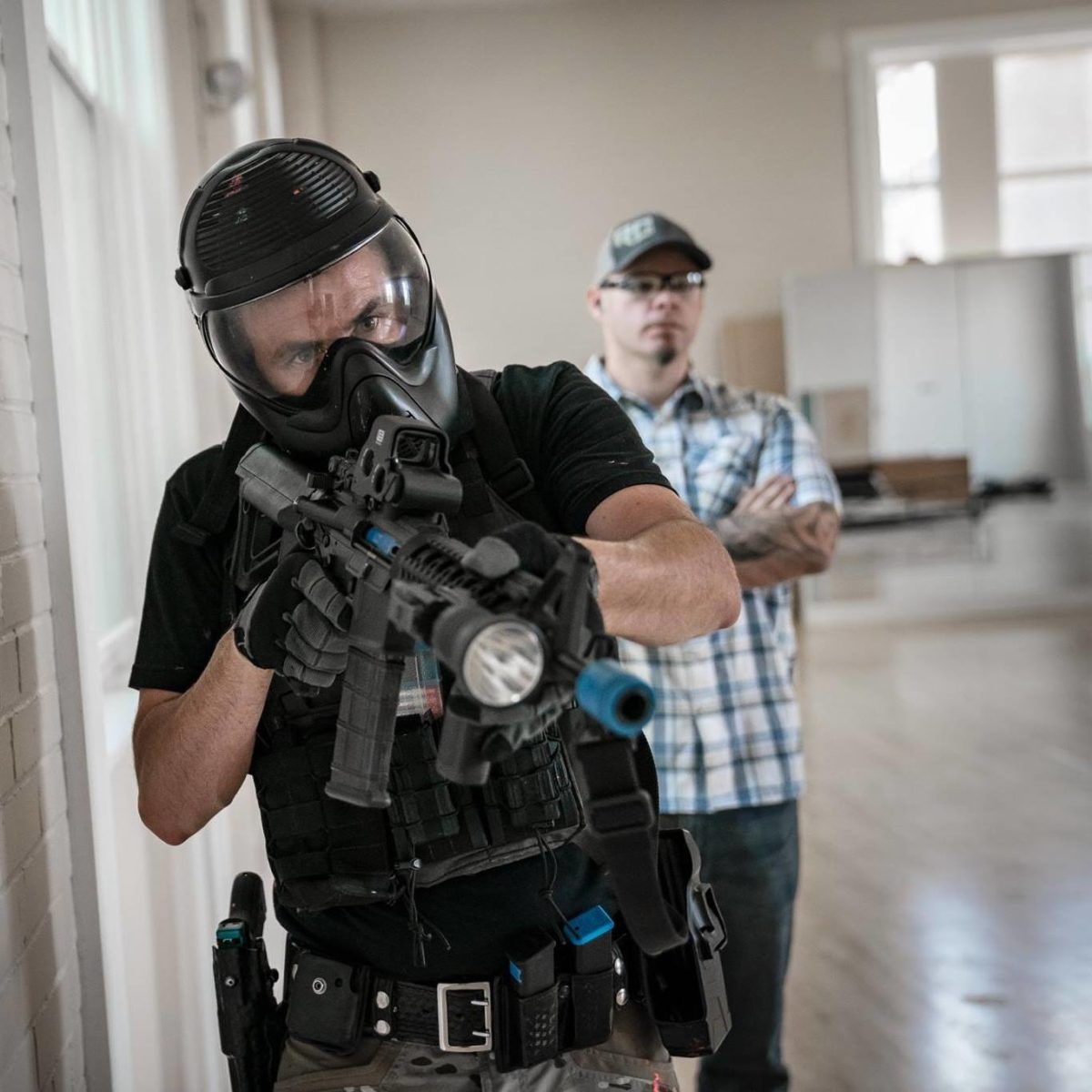
Something bad I also see is that many gun owners are always looking for that worst-case scenario training. For example, the “cool” tactical vehicle response, or house clearing, or team-based stuff…all that stuff is great and practical knowledge, but it is less likely that you will need those skills in a self-defense situation. My philosophy is to start with the most likely skills that you are going to need and then work your way up to “least likely, but still important” skills. You have to start somewhere, but where you start should not be at what should probably be the end.
Q: Something I’ve seen more and more is firearm owners turning to video for training and thinking that this is sufficient. Can you address why this is not the best approach?
Aaron Cowan, Sage Dynamics – Certainly. Is there any Federal Aviation Administration-approved at-home video pilot training system? Is there a program where you can sit at home and watch YouTube videos and then apply to fly commercial airliners? You can only take that analogy so far, but it drives home the point of why professional education matters.
I think the mentality of “I have a gun, therefore I know how to shoot a gun,” is timeless. I can imagine back in the days of bows and spears it was no different. Also, look at the statistics of how many people wreck their cars per year, compared to how many think they are good drivers. Over 80 percent of the public believe themselves to be extremely safe, above-average drivers. I believe that the actual traffic fatality rates probably prove the inverse to be true. Shooting is the same way.
The problem with watching a video is that it is just a training supplement. It’s not a replacement for formal training. Formal training requires communication. You might be watching me and hearing me talk, but I am not there with you, right there in the moment, in real-time, where you can say “I didn’t quite understand that,” or “hey, can you show me a different way to look at that,” or something as simple as “hey, can you turn the gun a little bit so that I can see what you are doing?” That’s not possible. Even if there were dialog back in forth within a video’s comments section, that’s still an abbreviation.
So, yes, you can learn things, and you can teach yourself to do quite a few things. However, if you don’t have that professional observation, you may have to spend a lot more time than what it would have taken you otherwise actually to become proficient. I won’t say that you can’t learn from videos, but I think that there is a law of diminishing returns the more “advanced” you try to get.
Q: Your Sage Dynamics videos are one of my go-to sources of information for my purchases, as you seem to provide candid feedback and highlight the fact that quality varies. How do you address those who harbor a misplaced “just as good” mentality?
Aaron Cowan, Sage Dynamics – People like to defend their purchases…or they move the goalposts around. Something that has been the most controversial for me with Sage Dynamics has been my red dot testing. People will sometimes tell me that an optic that did not survive my drop test is “just as good” as one that did, but technically it can’t be. By that drop test benchmark, other optics are better…There have to be hard, objective goalposts. One of my objective goalposts usually ends up being, “can it survive a rapid increase in velocity based on gravity into a hard surface.” It is important to note that’s not the only thing I measure optics on, but it is something people tend to fixate on.
Many people don’t understand the differences in materials, coating, or LED quality… there’s so much more that goes into it, but everybody wants to fixate on what they watch happen. When I start to talk about what optic has better lens quality, most guys will just roll their eyes and tune out. But God forbid I talk about an optic that they like that broke in a drop test.
You can drive the bus of knowledge. You can stop and open the door, but you cannot make anyone get on. (laughs) Either people want to take good advice, or they don’t. You can’t learn what you think you already know. If I am trying to tell you something that goes against what you already believe, I’m not going to change your mind on the internet, and I am less likely to change your mind in person, unless you are receptive to learning something.
Also, in regards to my videos, what a lot of people don’t realize is that I am not a YouTube channel. I just have one. That’s an important distinction. My main job at Sage Dynamics is traveling year-round, teaching classes. Frankly, I probably film about one out of five products that I actually test. Some of this stuff is boring, and no one will want to watch it on video. I don’t make any money off of YouTube. Even when firearms guys could still monetize YouTube, I didn’t. I did it as a hobby. But more importantly, the hope is that along the way, I am putting out some good information for those who seek it.
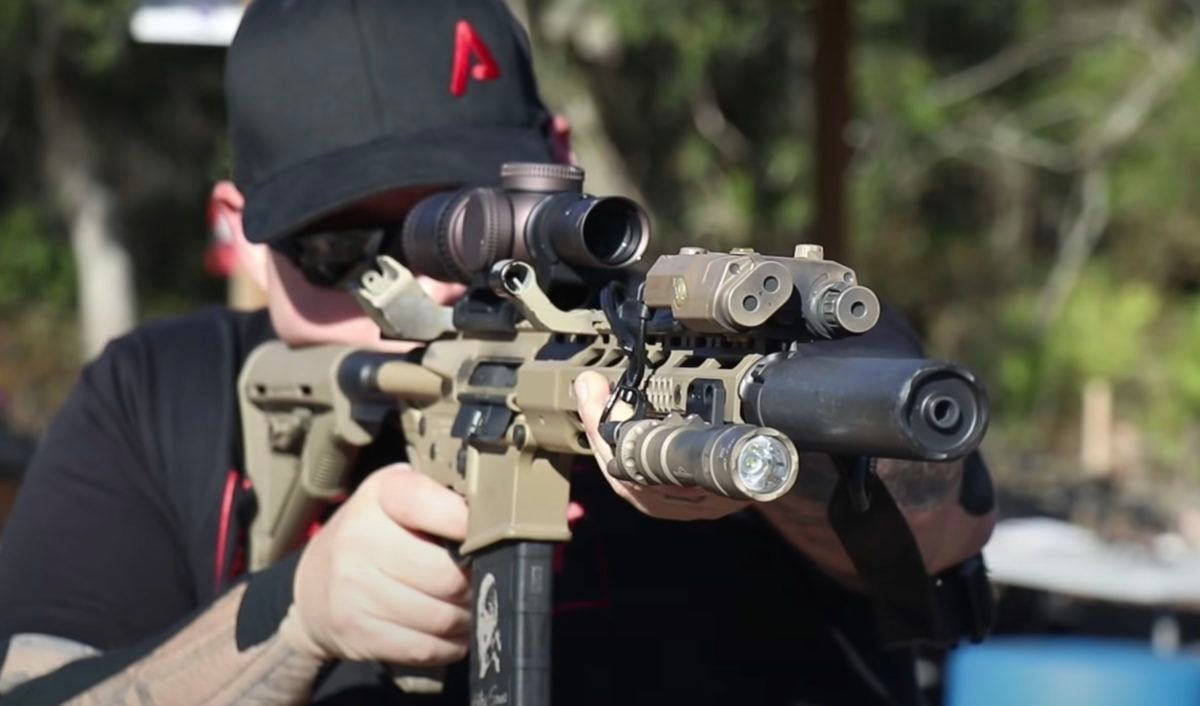
Q: Can you talk about what a “hard use” AR means to you, in your experience?
Aaron Cowan, Sage Dynamics – Coming from a military and law enforcement background, I think a law enforcement rifle demands a higher degree of accuracy because even though you are not likely to shoot as often or as far, your degree of precision needs to be very high. Its not “minute-of-man,” it is literally minute-of-angle.
I am looking for a rifle that is capable of 1-MOA or better. This, of course, means 1” groups at 100 yards. I think that is a very respectable benchmark that, with modern manufacturing, any barrel maker should meet…especially on the AR platform. If a rifle today cannot shoot 1-MOA, I’m not interested. Better than 1 MOA is excellent. If it can do a half-MOA, then I am very interested in that.
It would help if you also had a rifle that would function in the environment that it is going to be in. Personally, I am more worried about the gas system functioning suppressed. I believe suppressors should be a default feature on all firearms. Unfortunately, the ATF makes this challenging to do. But law enforcement should undoubtedly have suppressors for hearing protection and better communication, and a few other reasons.
If a DI gun cannot cycle reliably suppressed, I don’t think the manufacturer put enough attention into it. This is why I look to someone like Mike Mihalski, who, even before I had a relationship with Sons of Liberty, I would always pay attention to what he was saying about the relationship between the gas system, gas port size, gas system length, and the buffer system.
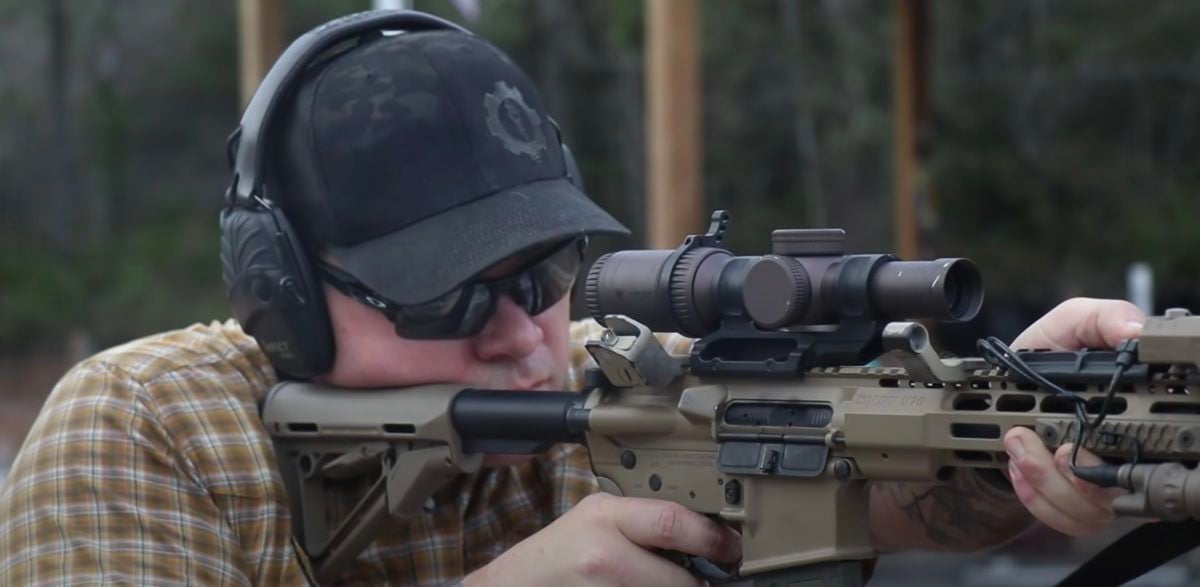
I know a lot about ARs, but that’s relative to what other people know. I know enough to tinker on my car. I can change my oil and my tires, but if I need a transmission overhaul, I will see a professional. If I want something tuned with a rifle, and I want my gas system optimized for a certain suppressor, barrel, or round, I am going to take it to a professional. Because from the outside looking in, it’s easy to build an AR, but this is how we end up with guns that do not run right. This is how we also end up with conflicting information about what’s a good gas system, etc.
The bottom line is I need a rifle I can pull out of a vehicle that has sat in there and has not been fired for three or four months. As soon as it comes out of the patrol car, as soon as that round is chambered, and the safety is swept off, I need to trust it will fire and hit what I am aiming at.
If your rifle has to be prepped before it can be shot or its finicky, it cannot be trusted. You need a rifle that has just enough attention to tolerances that will allow it to run dirty, cycle, and feed every time you pull the trigger, within reason. That said, eventually, all guns will fail, but I need something that is going to run reliably, at least for 30 rounds, but ideally, much, much longer than that.
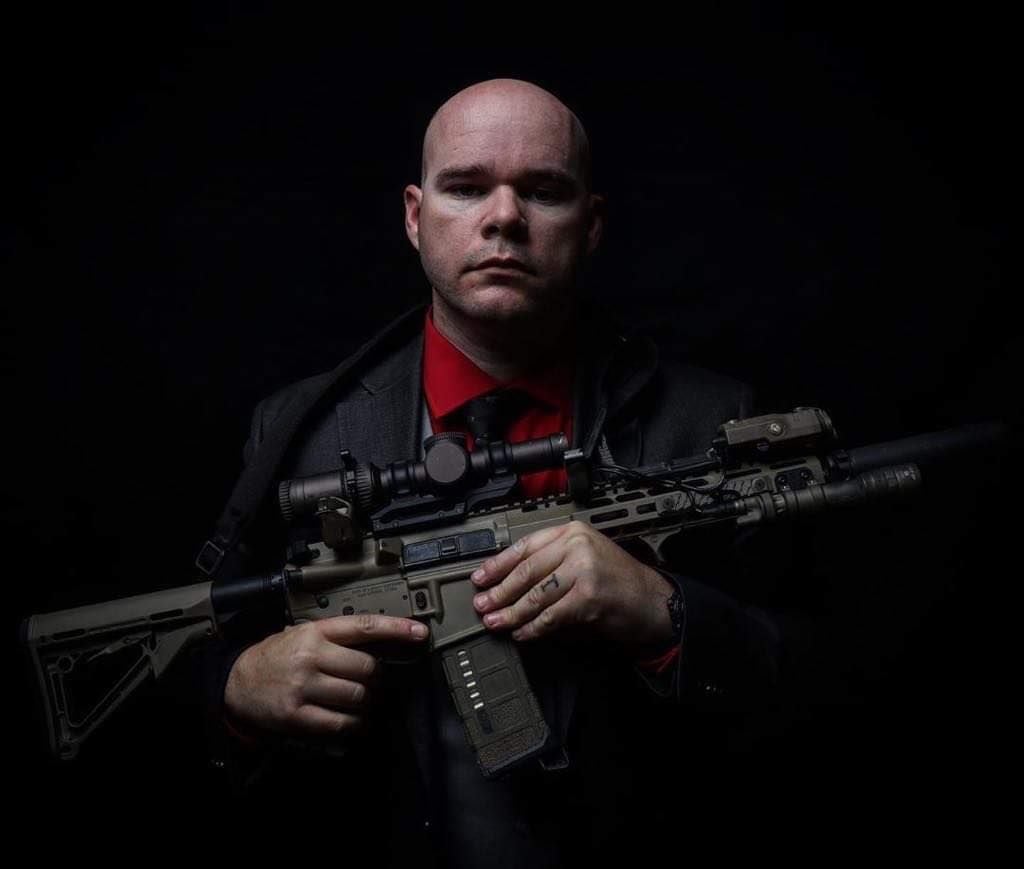
Q: The gun you’ve done with Sons of Liberty is quite amazing, both from a functionality standpoint, but also aesthetically. Can you talk about how that gun came about?
Aaron Cowan, Sage Dynamics – I always like when aesthetics meet needs. Prior to being with Sons of Liberty Gun Works, I was with Primary Weapons Systems. I still am a huge believer in their design for the long-stroke piston AR. If you are going to get a piston gun, that’s the best way to do it…I am still on very good terms with them, but it was time to move on. I had bought a Sons of Liberty gun to do a review on it. Almost everything I review, I just buy. It makes things easier, but it sometimes means I cry myself to sleep at night knowing I spend $3,000 on something I hate. (laughs)
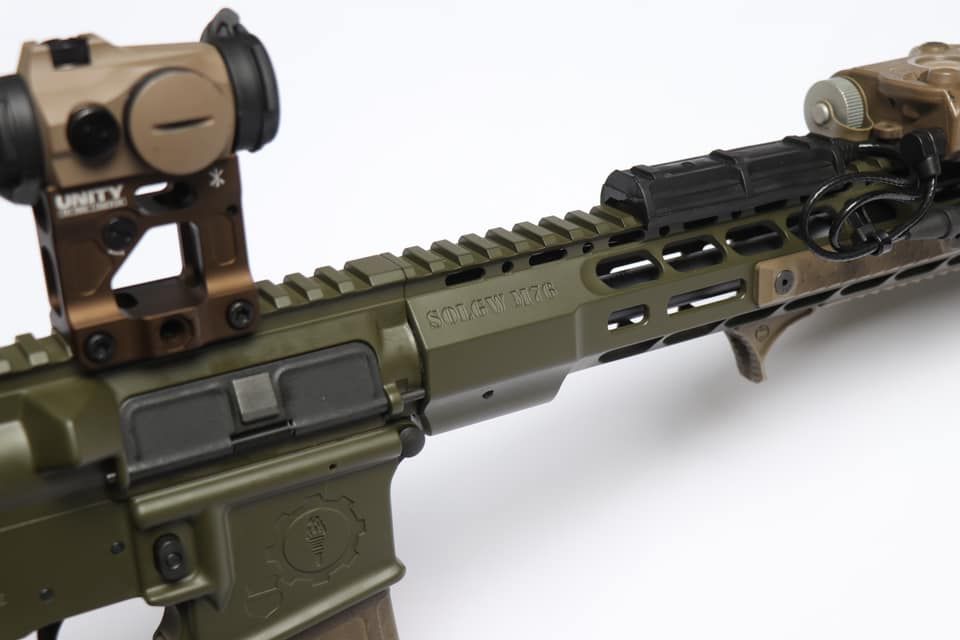
I got one of the Sons of Liberty 11.5” guns, and there was nothing that seemed that special, but it ended up blowing me away. There was just something about how precise it felt and how well it shot for being a rack-grade gun. Conversations with the guys at Sons of Liberty began soon after that first purchase. We soon came to an agreement that I should shoot for them, and they should build me a Sage Dynamics rifle.
There’s nothing new under the sun that makes sense that isn’t a gimmick for the AR platform, so we didn’t approach it like that. The approach with the Sage Edition was simply to let them know the things that I like on a gun. There were some compromises made, as I am not a huge believer in ambidextrous safeties or charging handles, but customers want it because the internet has told them that they need it. As such, we put those features on the gun.
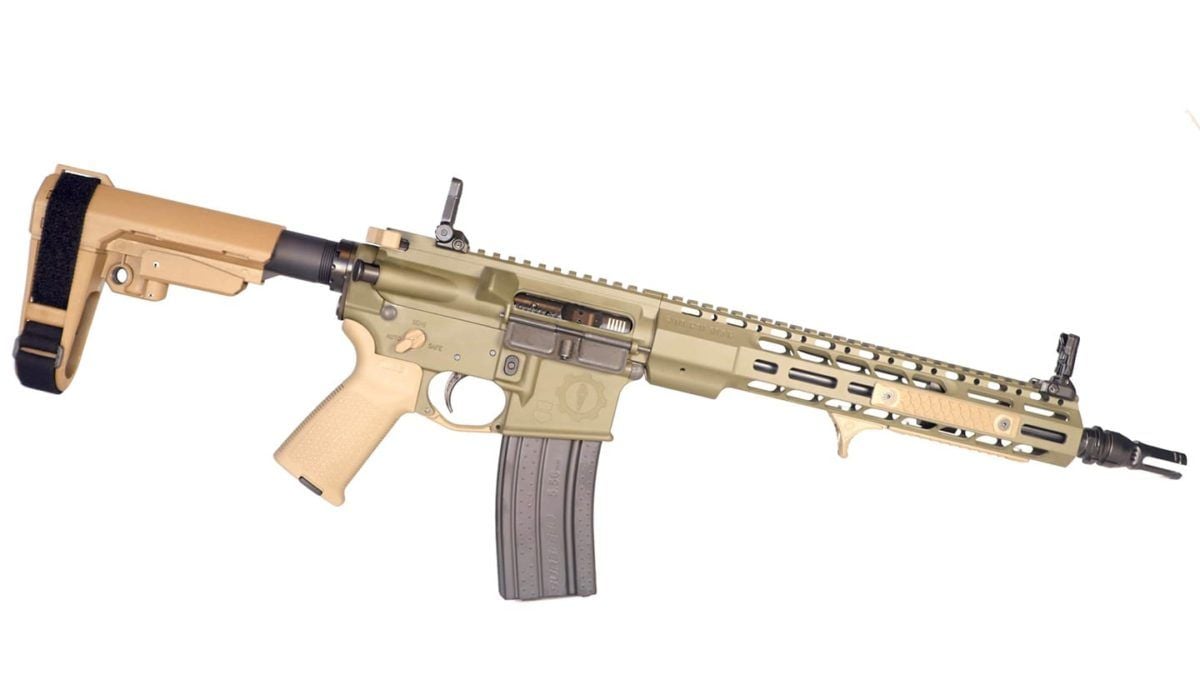
The color scheme came from the fact that I love OD green. We used that and then decided to two-tone it. I had not seen anyone do that in a production gun. As far as rail length, that was the first time they had done that rail length on that barrel length. (11.5″ Wedge Lock + 12.5″ Barrel) That decision was based on function, and my belief you should maximize your rail to the length of your barrel. That gives you more accessory and placement options.
The end result of our efforts is a true, hard use work gun. You can run it for various purposes, and it has a great look that makes it stand out more in today’s Instagram society than an all-black anodized AR might.
Q: Any final advice you’d like to give…perhaps something that is not talked about enough?
Aaron Cowan, Sage Dynamics – I think everyone can do a better job of communication. When I watch videos of law enforcement shootings and the events that lead up to those shootings, more often than not, there is a very poor showing of verbal skills. This applies even more to those outside of law enforcement.
How are your communication skills? Are you able to talk yourself out of a situation? Are you able to clearly communicate with a potential threat or an unknown individual? Look, I’m maybe not the greatest guy to teach something like that, but if I did, I wonder how many people would show up for it. There’s nothing sexy about it. These are skills that people really need, but we often have to hide these lessons within an existing class. It’s something that people should think more about.
###
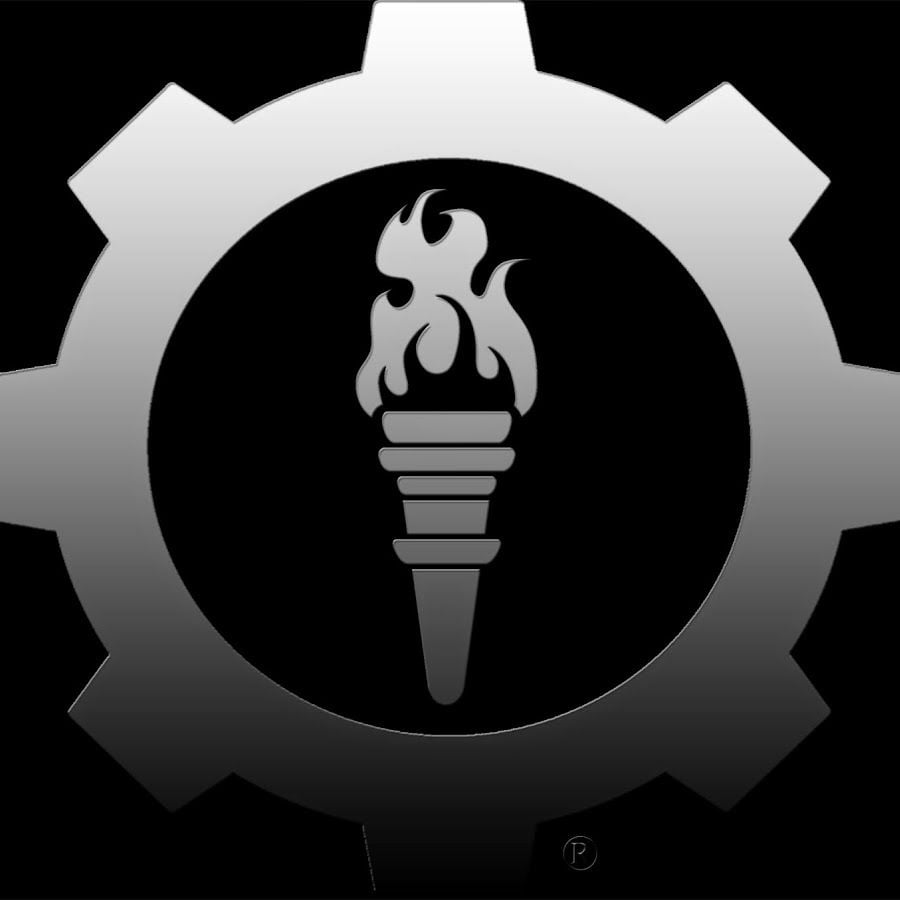


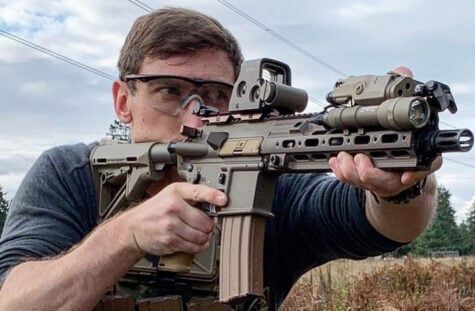

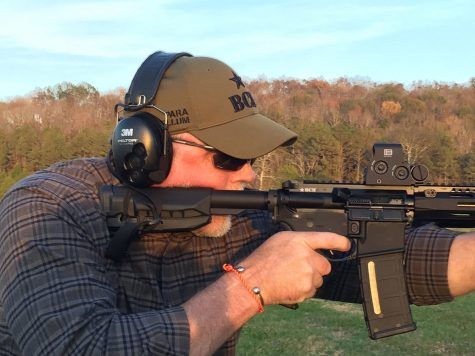

I have not personally seen any piston AR rifle shoot under 1 MOA and I have seen a lot of them. This is one of the reasons I prefer original Stoner DI systems.